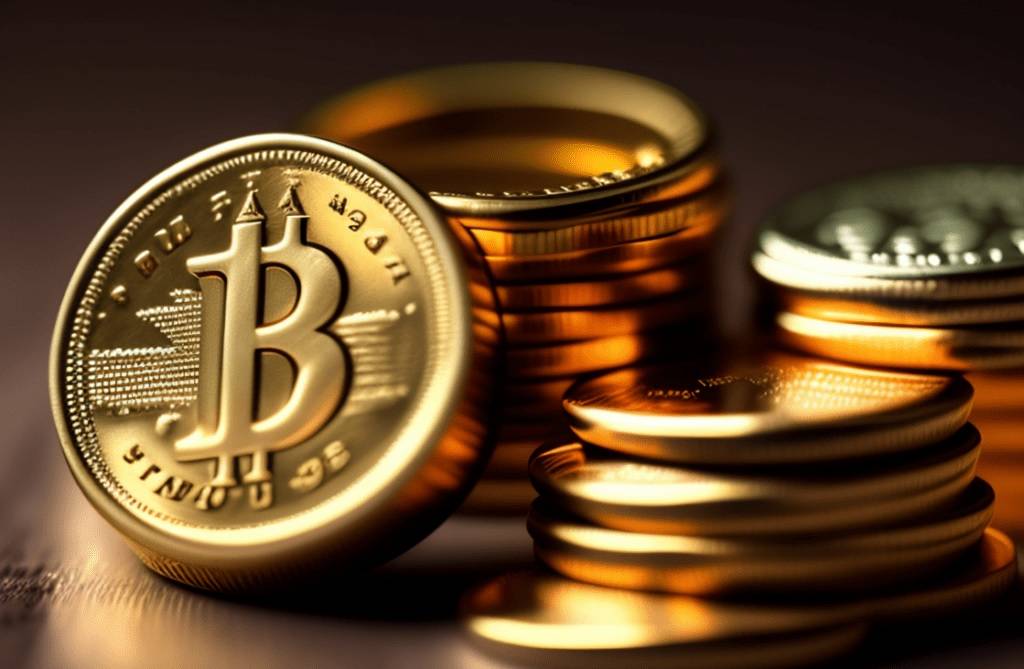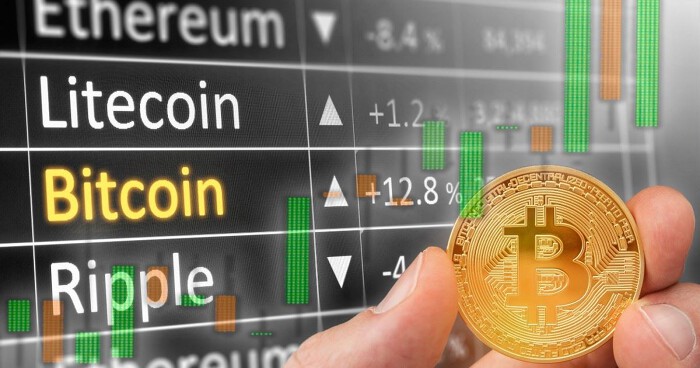Table of Contents
Wondering how to buy Bitcoin? Or cryptocurrency in general? Here’s a step-by-step guide on crypto buying for beginners.

The four main ways to buy crypto are through cryptocurrency wallet apps, through brokerages, through cryptocurrency centralized exchanges (CEXs), and through peer-to-peer crypto exchange platforms.
Bitcoin transactions are more traceable than cash transactions because they are available for public viewing. However, it is very difficult to determine who is transacting unless the address is associated with an exchange account—which is required if the user wants to convert their bitcoin to fiat currency.
This is because when you create an account on a regulated exchange that can convert cryptocurrency, you must provide identification. This is called Know Your Client (KYC) and is required by law in many countries to assist law enforcement’s efforts to combat money laundering and terrorism financing.
Step 1: Select a Crypto-Trading Platform
Cryptocurrency exchanges are a popular choice due to their range of features and variety of cryptocurrencies available for trading. These platforms let users buy, sell, hold, and securely transfer crypto to an online wallet.
There are two main types of exchanges: centralized and decentralized. Decentralized exchanges allow users to stay pseudo-anonymous and typically don’t require personal details. They are especially beneficial for those in regions with limited access to banking services or credit, like refugees or people in developing nations, as they provide access to the global economy.
Centralized exchanges, on the other hand, are regulated and require user verification. Well-known centralized exchanges, such as Coinbase, Kraken, Gemini, and Binance, are available in the U.S. and other countries, offering popular options like Bitcoin, altcoins, and fiat conversion services.
For security, enable two-factor authentication and use a strong, unique password with a mix of characters when creating an exchange account.
Step 2: Link a Payment Method
Linking a payment method usually requires personal identification, such as a photo ID (driver’s license or Social Security card), employment details, and source of funds. This process is similar to setting up a traditional brokerage account.
Most centralized exchanges allow you to connect a bank account, debit card, or credit card. Although credit cards can be used, they may incur additional costs due to cryptocurrency price volatility and credit card interest. While Bitcoin is legal in the U.S., some banks may flag or stop deposits to crypto exchanges unless notified by the customer.
Deposit and transaction fees vary depending on whether you’re using a bank transfer, debit, or credit card.
Step 3: Place an Order
Modern cryptocurrency exchanges offer multiple order types similar to those in traditional brokerages. Most exchanges support market and limit orders, and some, like Kraken, also offer stop-loss, stop-limit, take-profit, and take-profit limit orders.
Exchanges also allow for recurring investments, a feature helpful for dollar-cost averaging (DCA). For instance, Coinbase enables users to set up daily, weekly, or monthly recurring purchases.
Step 4: Secure Storage
Storing your crypto keys securely is crucial. A cold wallet (one that is offline) ensures you have full control over your assets. While exchanges provide their own wallets, it’s not recommended for storing large or long-term holdings. Moving funds to a personal cold wallet can provide extra security for significant investments.
Hot Wallets vs. Cold Wallets
Hot Wallets
Online wallets, also known as hot wallets, are apps on devices such as computers, phones, or tablets. These wallets generate the private keys to your coins on internet-connected devices.
Hot wallet holders who haven’t created enough security run the risk of losing funds to theft. Strong passwords, two-factor authentication, anti-virus programs, and safe internet browsing should be considered minimum requirements.
Hot wallets are best for small amounts of cryptocurrency or cryptocurrency that is actively trading on an exchange. Another use is like a checking account, only placing what you need for certain transactions in your hot wallet.
Cold Wallets
A cold wallet isn’t connected to the internet and is less likely to be compromised. These wallets store a user’s private keys on a device or item without a connection. Some come with software that allows investors to view their portfolios without putting their private keys at risk. Types of cold wallets are paper, hardware, or even metal stamped with private keys.
A paper wallet is simply a piece of paper with private keys written on it. Some people laminate these paper wallets and store them in safe deposit boxes at their bank or even in a safe in their home. There are websites and programs that can generate nifty, printable versions with quick response codes, but these should be avoided as they expose the private keys unnecessarily.
Cold wallets are the most secure way to store your bitcoin or other cryptocurrencies.
P2P Exchanges
Some P2P exchange services provide a more direct connection between users. LocalBitcoins is an example of such an exchange. After creating an account, users can post requests to buy or sell bitcoin, including information about payment methods and prices.
Although P2P exchanges don’t offer the same anonymity as decentralized exchanges, they give users the chance to shop around for the best deal. Many of these exchanges also provide rating systems so that users can evaluate potential trade partners before transacting.
Bitcoin ATMs
Bitcoin ATMs are another option for buying crypto. With over 36,000 ATMs around the world, each ATM works slightly differently, but you can usually visit an ATM in person to buy crypto with a credit card, debit card, or cash.
Bitcoin is the most widely available asset, but many Bitcoin ATMs offer the option to buy other assets, such as Ethereum (ETH) and Litecoin (LTC).
Bitcoin ATMs generally send the crypto you buy to the address you provide. Depending on the Bitcoin ATM, it might ask you to scan your wallet’s address via a QR code.
However, some machines dispense a printed paper wallet. In this case, you’d sweep the funds from the private key on the paper wallet to Exodus Desktop.







